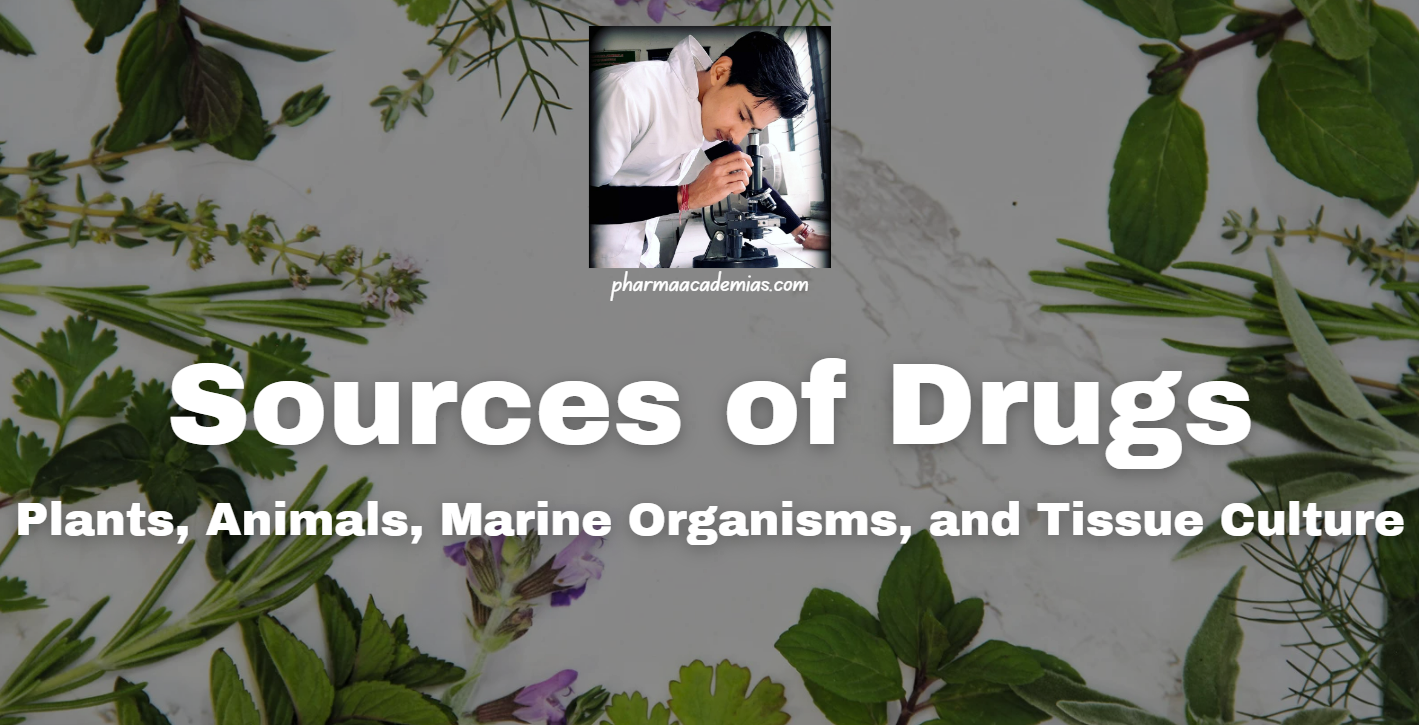Chemical classification of drugs
Chemical classification in pharmacognosy categorizes drugs based on their chemical composition, particularly focusing on compounds derived from natural sources such as plants, animals, and minerals. This classification system is crucial for understanding the bioactive constituents of medicinal substances and their pharmacological effects. Key Criteria for Chemical Classification Chemical classification in pharmacognosy considers several criteria, including: … Read more








